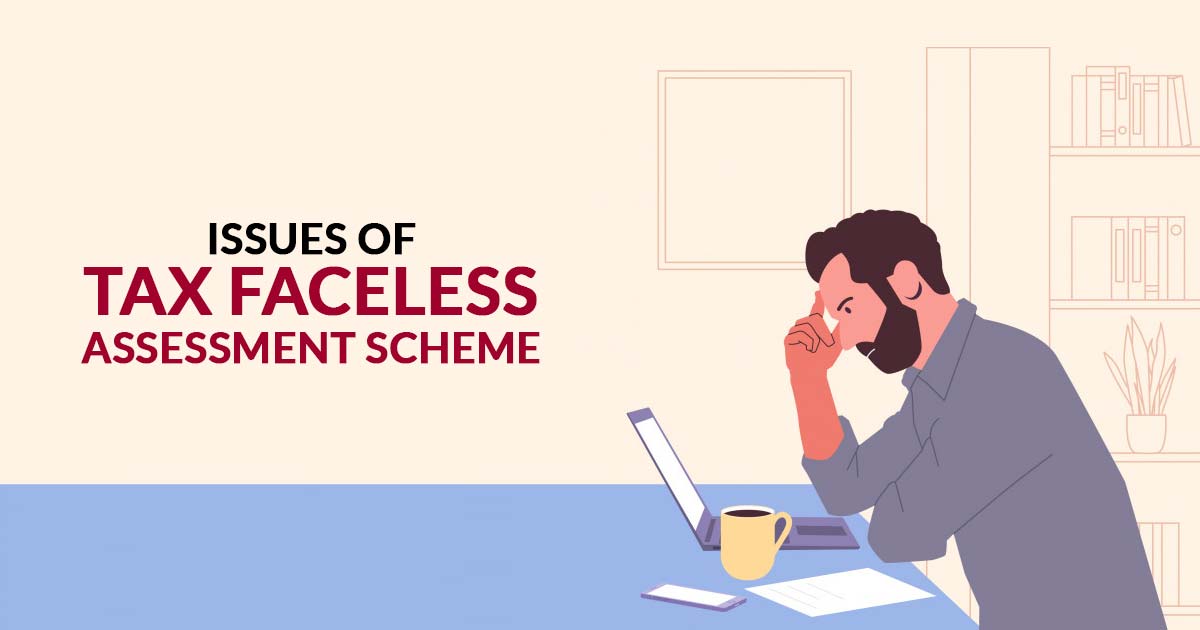
The problem of criticizing the decisions for the bureaucratic opacity and ambiguous fiscal regulations has been seen at several times in India. The country has improved its business index from 134 in 2013 to 63 in 2020 owing to the e-governance which includes the initiation of electronic MOA and AOA, one program for communicating in FEMA, Online IEC application for overseas trade, computerization of Government departments and various reforms of other states.
Although the Faceless Assessment schemes are likely to pass through some challenges that need to be seen:
Revolution Against the Change
The extra work for the officers for doing the e-assessment will create an extra load as they already have their existing work. Also, the newcomers on the newer posts drag in for office accommodation and required infrastructure.
Digital Accessibility
Provision of the administrators to recognize the technicalities of the enterprise simply primarily based on written submissions and documentary proof excluding a non-public listening to wishes to conform over time. There are various notifications and rectified petitions which are directly going for the finalization of AOs.
Aid Requirement of Professional
It is challenging to manage an electronic assessment system as there is the majority of small and medium taxpayers also their accountant is known in their local languages. Thus it is expensive to have professional assistance by pushing them.
Restricted Response
The faceless assessment has not been so efficient thus one does not do e-proceedings which leads to an incomplete response between the taxpayer and the officer.
Maintaining Digital Records
The majority of the assessees pay tax and Tier II and III cities, yet keep manual books of accounts. The CBDT will make it possible for people to maintain accounting in digital records so for easy submission.
Cyber Security Issues
The faceless assessment has “the use of any telecommunications software which supports video telephony” without a preferred decision for individual hearings. There is a security concern until the officials state the operation and give notification for the purpose.
Extra Time for Completion of Evaluations
The taxpayer will be given time for 15 days to answer the notice. From the diplomacy of the officer, the prescribed time is provided for any additional data. For modifying the draft assessment order the new assessment will be done to consume the time. Thus the time for the completion of the assessment might increase which provides more loops for the actions.
“Phase-less” Roll-out
To decrease the risk the faceless assent has to be implemented in small shredded stages (Chennai and Bangalore to begin). It was rolled out by December 2020 in all of India and has the same characteristics for e-assessment for the income tax. It will grant us the chance to correct it before spreading it to nationality.
Judiciaries Viewpoint
In this case, the judiciary has also been unable to help the cause. The Madras High Court ordered that the e-assessment procedure “can lead to erroneous assessment if officers are not able to understand the transactions and statement of accounts of an assessee without a personal hearing”.
Impact on the Post-Evaluation Collections
In the past 4 – 5 years, the assessment process has been enhanced indicated by the post-assessment tax collection, this is because of the logical approach for the adoption of cases for the assessment. The method has regularly continued earning the ground. Attempting an entire change within e-assessment could strain acquisitions in the short-medium term, which is previously muted by more than 30%.









